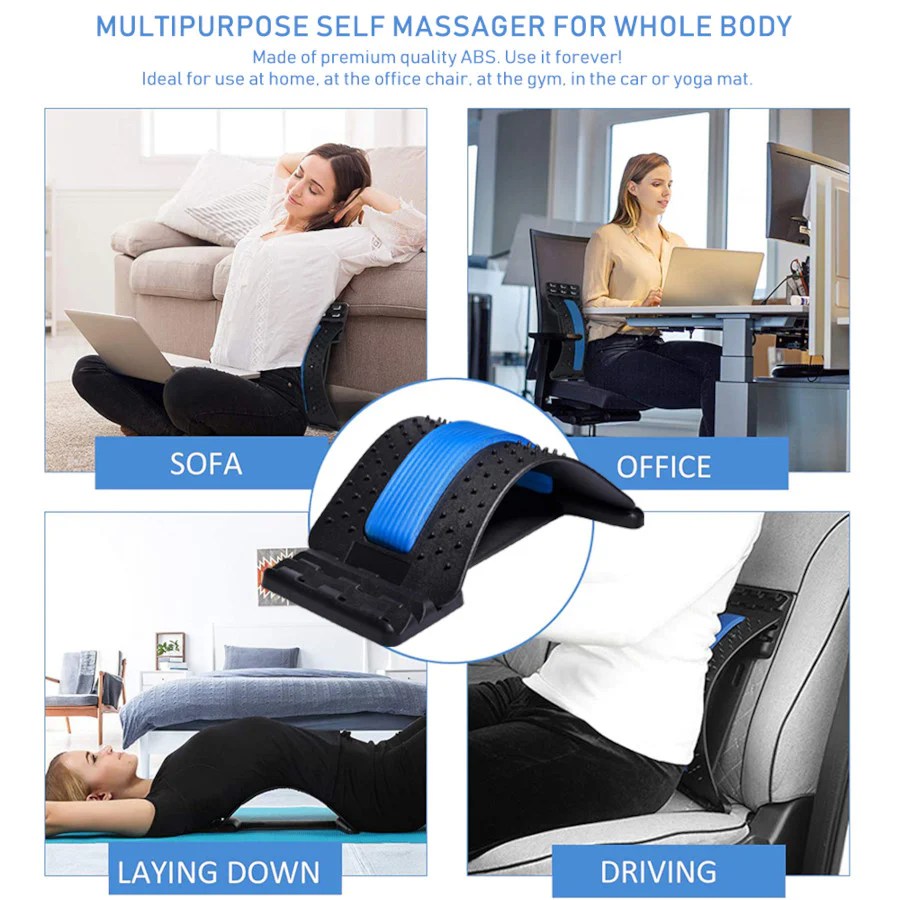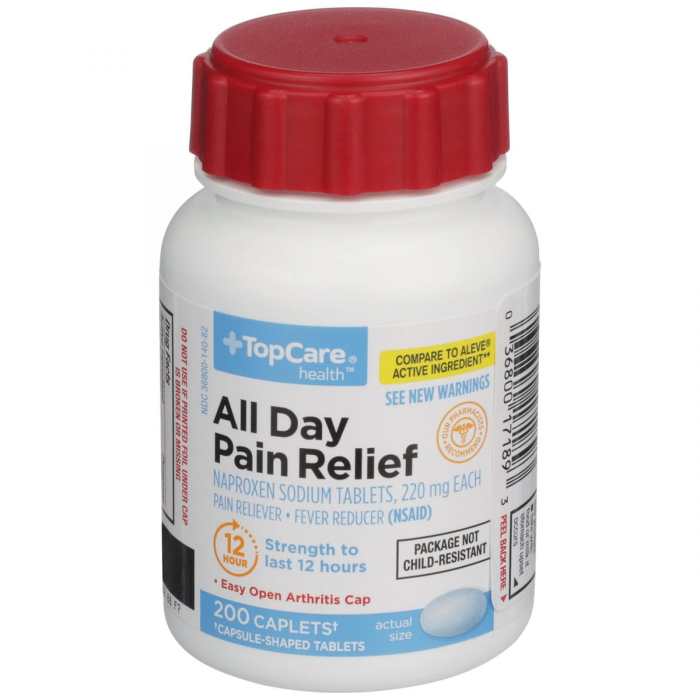
Pain relief, oh glorious pain relief! It’s like finding the last slice of pizza at a party—absolutely essential and just what you need. From ancient techniques that make you feel like a wizard to modern exercises that could confuse even a seasoned yogi, the quest for pain relief is packed with creativity and humor.
We’re diving headfirst into pain management techniques that range from the wonders of physical therapy to the enchantment of self-hypnosis. We’ll explore how your dinner plate could be a secret weapon against inflammation and how a bit of Pilates can turn you from a stiff robot into a flexible ninja. Prepare to laugh, learn, and discover how to kick pain to the curb!
Pain Management Techniques
Pain, that uninvited guest that shows up when we least expect it, can be a real party crasher. But fear not! There are various techniques to manage pain that can help us reclaim our lives. From physical therapy to self-hypnosis, the toolbox is brimming with options. Let’s dive into some of the most effective pain management strategies that can ease your discomfort and maybe even bring a smile to your face.
Physical Therapy and Its Effectiveness
Physical therapy is like a superhero in the realm of pain management, swooping in to save the day with a cape made of gentle exercises and expert advice. This technique offers personalized treatment plans designed to strengthen muscles, improve flexibility, and enhance mobility. With the guidance of a skilled physical therapist, patients can learn to manage pain through tailored exercises that fit their unique situations.
- Strengthening exercises build essential muscle support around painful joints.
- Stretching improves flexibility and decreases muscle tension, often likened to a warm hug for your body.
- Manual therapy techniques, such as massages, work wonders by loosening tight muscles and improving circulation.
- Education on body mechanics can help individuals avoid activities that may exacerbate their pain, like doing the cha-cha while carrying groceries.
Adapting Personal Training for Chronic Pain
Personal training isn’t just for bodybuilders or aspiring Olympians; it can be tailored for individuals managing chronic pain, providing a customized approach to fitness. Trainers can develop safe and effective programs that cater to the needs of those dealing with persistent discomfort. The key is to focus on gradual progress while ensuring safety remains a top priority.
- Incorporating low-impact exercises like swimming or cycling minimizes stress on the joints while still getting the heart pumping.
- Balancing strength training with adequate rest allows the body to recover without flaring up pain levels.
- Mindfulness practices, such as yoga or Pilates, can enhance body awareness and promote relaxation, often turning workouts into mini-vacations.
- Trainers can offer modifications for exercises that may cause discomfort, ensuring nobody has to perform the “awkward crab walk” during their session.
Self-Hypnosis as a Method for Pain Relief
Imagine a technique where you can simply sit back, relax, and let your mind do the heavy lifting—enter self-hypnosis! This method utilizes the power of suggestion and focused relaxation to alleviate pain. By training the mind to redirect focus and alter perceptions of pain, individuals can experience significant relief.
- Self-hypnosis induces a deep state of relaxation, akin to sinking into a cloud of cotton candy without the calories.
- Visualization techniques can transport individuals to serene landscapes, effectively distracting from pain sensations.
- Affirmations and positive suggestions made during hypnosis can help reinforce one’s resilience against pain, like giving the mind a pep talk in front of a mirror.
- Regular practice can enhance the overall effectiveness of this technique, making it a go-to tool for coping with pain whenever it strikes.
“Pain may be inevitable, but suffering is optional.” – Harville Hendrix
Nutrition’s Role in Pain Relief

In the grand tapestry of pain management, nutrition often plays the overlooked but vital role of the unsung hero. Think of it as the sidekick who quietly keeps the main character in check, ensuring they have the strength to conquer the day without the burden of nagging aches. The food you consume can either be a soothing balm or a fiery irritant, influencing inflammation and pain levels more than you might imagine.Certain diets can significantly influence inflammation, which is often the root cause of pain.
For example, the Mediterranean diet, rich in fruits, vegetables, whole grains, and healthy fats, is known for its anti-inflammatory properties. On the other hand, diets high in processed foods and sugar can lead to inflammation and exacerbate pain. Moreover, obesity often compounds chronic pain conditions, as excess weight places additional strain on joints and can lead to conditions such as osteoarthritis.
Thus, the journey to pain relief can often start at the grocery store.
Foods That Assist with Pain Relief
Incorporating specific foods into your diet can be a delicious way to assist with pain relief. Here’s a lineup of culinary champions that not only tantalize your taste buds but also provide significant nutritional benefits essential for managing pain and inflammation:
- Fatty Fish
-Rich in omega-3 fatty acids, which are known to reduce inflammation. Varieties like salmon and mackerel can help keep those pesky pain signals at bay. - Leafy Greens
-Vegetables like spinach and kale are packed with antioxidants and phytochemicals that fight inflammation. Think of them as nature’s little warriors against pain. - Berries
-Blueberries, strawberries, and blackberries are loaded with antioxidants. They can help lower inflammation levels, proving that dessert can sometimes be a healthy choice! - Turmeric
-This golden spice contains curcumin, known for its powerful anti-inflammatory effects. Sprinkle it on your food like a superhero cape to your meals! - Ginger
-Known for its spicy kick, ginger can reduce muscle pain and soreness. Ginger tea is not just soothing; it’s practically a warm hug for your insides. - Nuts
-Almonds and walnuts are excellent sources of healthy fats and vitamin E, which can help fight inflammation while adding a satisfying crunch to your snacks. - Olive Oil
-A staple of the Mediterranean diet, extra virgin olive oil contains oleocanthal, a compound with similar effects to ibuprofen. Who knew cooking could be so therapeutic?
Regularly including these foods in your meals can provide a delicious pathway to easing pain and enhancing overall well-being. Remember, every bite counts on this flavorful journey to relief!
Physical Activity and Pain Relief
Regular physical activity is like a magic potion for pain relief—no cape or wand required! It not only helps in managing pain but also enhances overall health, making you feel like a superhero in your own right. Engaging in activities such as Pilates can improve flexibility, strength, and balance, making those troublesome aches feel like a distant memory. So, let’s dive into how you can embrace the power of movement and say goodbye to couch potato syndrome.
Pilates Exercises for Pain Relief
Pilates is not just about striking a pose and looking fabulous; it’s a treasure trove of exercises designed to alleviate pain and boost flexibility. Below are some Pilates exercises that can serve as your personal pain-relief squad:
- The Hundred: A classic that engages your core and improves circulation. Lie on your back, lift your legs to a tabletop position, and pump your arms while breathing in for five counts and out for five counts. Repeat until you feel like a well-oiled machine.
- Roll Up: This one’s great for spinal articulation and stretches your back. Start lying down, arms overhead, then roll up slowly to a seated position, reaching for your toes. It’s like a magical “abracadabra” for your spine!
- Single Leg Circles: This exercise enhances hip mobility and strengthens the core. Lying on your back, extend one leg towards the ceiling and make circles in the air. Bonus: you can pretend you’re an artist painting the sky with your leg.
- Spine Stretch: Perfect for those who work great in an office but too long in a chair. Sit with legs extended, feet flexed, and reach forward to stretch your spine. Imagine you’re trying to touch your toes while the world applauds your dedication!
- Cat-Cow Stretch: A yoga-inspired option to relieve back tension. Alternate between arching and rounding your back while on all fours, just like a cat that’s stretching after a long nap. Meow your way to pain relief!
These Pilates exercises not only target pain relief but also improve core strength, making them a must-add to your routine. And remember, the only thing that should be tight is your abs!
Importance of Regular Physical Activity
Engaging in regular physical activity is essential for managing pain and enhancing overall health. Movement is medicine; it releases endorphins that act as natural painkillers, elevating your mood and reducing stress levels. It’s like having a personal cheerleading squad in your body! The benefits of regular physical activity encompass:
- Improved flexibility and strength, which can prevent injuries.
- Enhanced circulation and oxygen flow to muscles and joints, aiding in recovery.
- Reduction in inflammation, which is often a root cause of chronic pain.
- Boosted mental health by combating anxiety and depression, often linked to chronic pain conditions.
- Improved sleep quality, allowing your body to recover and rejuvenate overnight.
By incorporating even just a few minutes of physical activity into your daily regimen, you can build a fortress of strength against pain and enhance your overall well-being.
Integrating Personal Training into Pain Management Strategies
Personal training can be an invaluable ally in your quest for pain relief. A qualified personal trainer can tailor exercises to fit your specific needs, preferences, and limitations, ensuring you’re not just going through the motions but actually making progress. They can help you:
- Design a customized workout plan that addresses your pain points while promoting overall fitness.
- Teach proper form and technique to minimize the risk of injury and maximize effectiveness.
- Motivate you to stay consistent with your physical activity, even when your couch calls your name.
- Set achievable goals and track your progress, turning pain management into a rewarding challenge.
- Incorporate rehabilitation exercises into your routine, aiding recovery and enhancing performance.
With the right guidance, you can turn your pain management journey into a fun and effective experience. So, wave goodbye to your pain and hello to a fitter, healthier you!
Last Point

As we tie up our whimsical journey through the land of Pain relief, remember that finding the right technique is about as personal as choosing your favorite ice cream flavor—there’s no one-size-fits-all! Whether you’re channeling your inner chef to whip up anti-inflammatory meals or stretching like a pretzel in Pilates, each step gets you closer to feeling fabulous. So go forth, explore, and may your days be filled with less pain and more laughter!
Questions and Answers
What is the best exercise for pain relief?
Low-impact exercises like walking, swimming, or cycling can be quite effective without putting too much strain on your body!
Can diet really affect my pain levels?
Absolutely! Foods rich in omega-3 fatty acids, antioxidants, and fiber can help reduce inflammation and pain.
Is self-hypnosis effective for managing pain?
Many find it surprisingly effective! It’s like giving your mind a superhero cape to fight off discomfort.
How often should I do Pilates for pain relief?
Consistency is key! Aim for at least two to three times a week for the best results.
Can I combine pain relief techniques?
Of course! Mixing and matching techniques like physical therapy, nutrition changes, and exercise can create a powerful pain relief cocktail.





